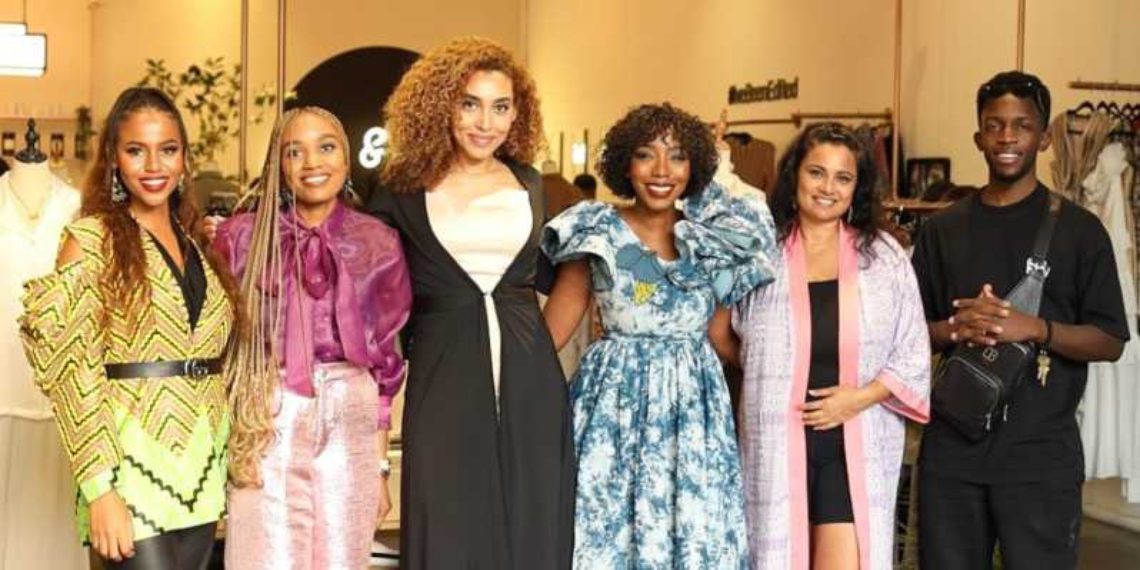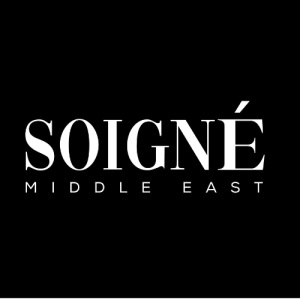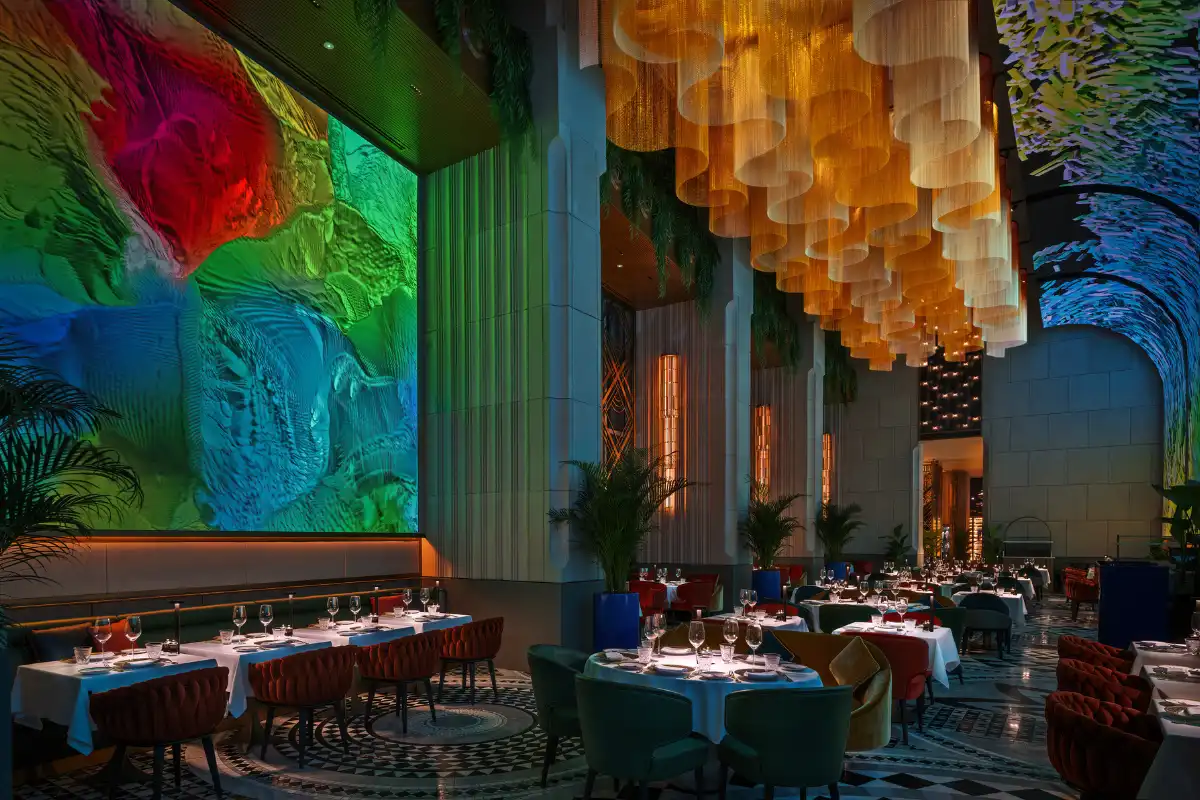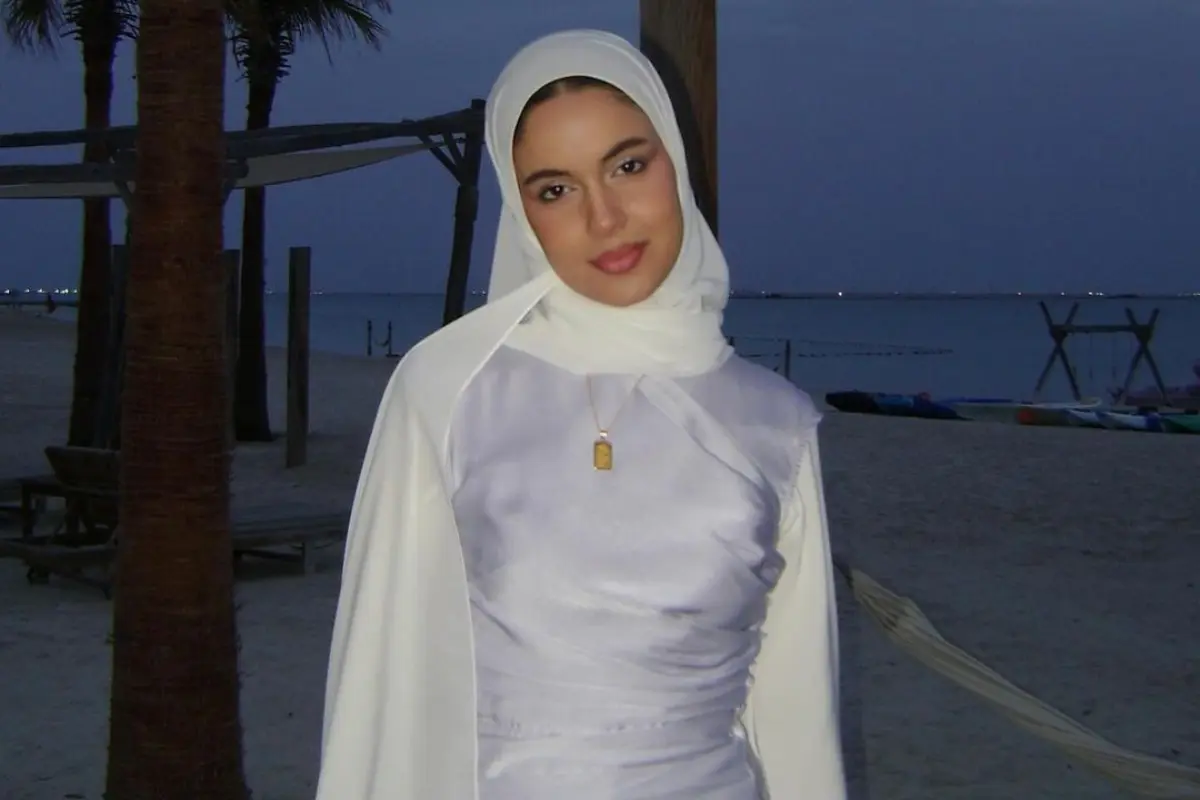The fashion industries in Africa and the Middle East are increasingly merging, creating a space where traditional styles inspire modern design. This intersection is not just about marrying aesthetics but also about fostering innovation and sustainability. As designers from these regions collaborate and share ideas, they’re setting new trends and pushing the boundaries of what fashion can represent on both local and global stages.
Last week, Africa Fashion Week Middle East (AFWME) hosted “Industry Real Talk 2.0” at The Edit, Alserkal Avenue in Dubai. This panel discussion brought together designers, tech experts, and sustainability activists, creating a dynamic forum for exploring the evolving landscape of creativity in Africa and the Middle East.
Moderated by Mucha Hazel Nyandoro, CEO of Manelith and a supporter of AFWME, the event offered a rich dialogue on “Innovating at the Intersection: Shaping the Future of Creativity in Africa and the Middle East.” The cozy setting of The Edit’s concept store facilitated an intimate exchange of ideas and insights.
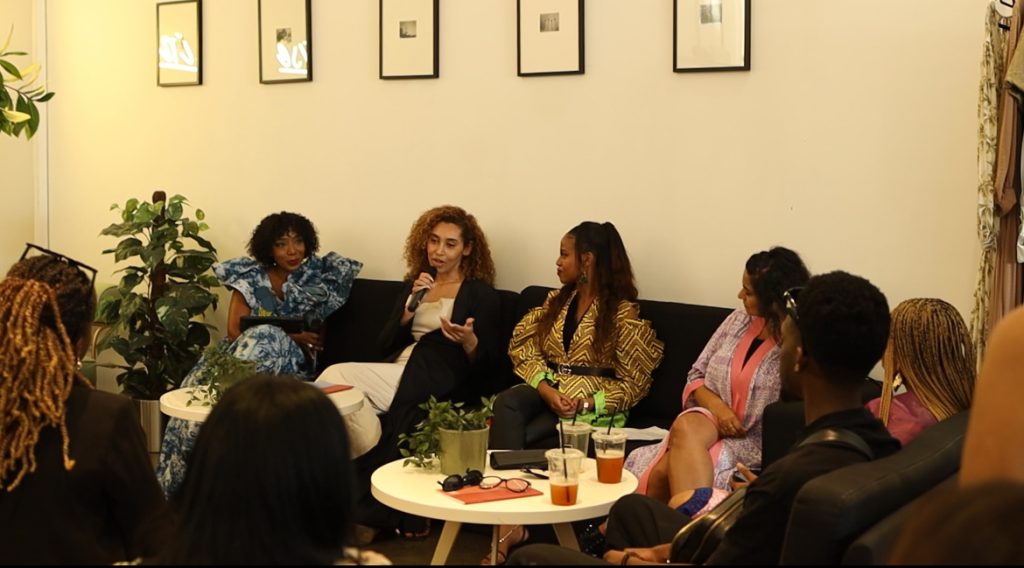
The discussion kicked off with “Trendsetting in Transcultural Creativity,” where panelists delved into how the fashion industry merges local traditions with global trends. This segment highlighted the role of clothing brands in integrating cultural identities into contemporary fashion, emphasising the push towards sustainable practices that respect both local and global contexts.
Another important point of discussion was “The Digital Renaissance: Democratizing Creativity,” which delved into how technological advancements are reshaping the ways creative content is produced and consumed. The conversation underscored the importance of digital platforms in making the creative industries more accessible and diverse.
Preserving cultural authenticity while appealing to a global market is an idea many industry leaders are looking at. Panelists also discussed the strategies that help maintain cultural integrity in their designs and narratives, ensuring that globalisation does not dilute unique cultural heritages.
The dialogue also ventured into “Blueprints for Sustainable Creative Economies,” exploring how technological innovations are facilitating more eco-friendly and economically viable practices within the creative sectors. This segment offered insights into how the design industry is contributing to sustainable development by implementing practices that balance ecological responsibility with commercial objectives.
As the event neared its conclusion, the panelists reflected on empowering the next generation of creative leaders. They discussed essential tools and strategies for nurturing new talent and the role of education and mentorship in fostering the upcoming wave of innovators.
Each panelist then shared their vision for the future, emphasizing the need for collaboration, trust-building, and continuous innovation in their fields. The discussion concluded with an open forum, inviting guests to contribute their questions and perspectives.
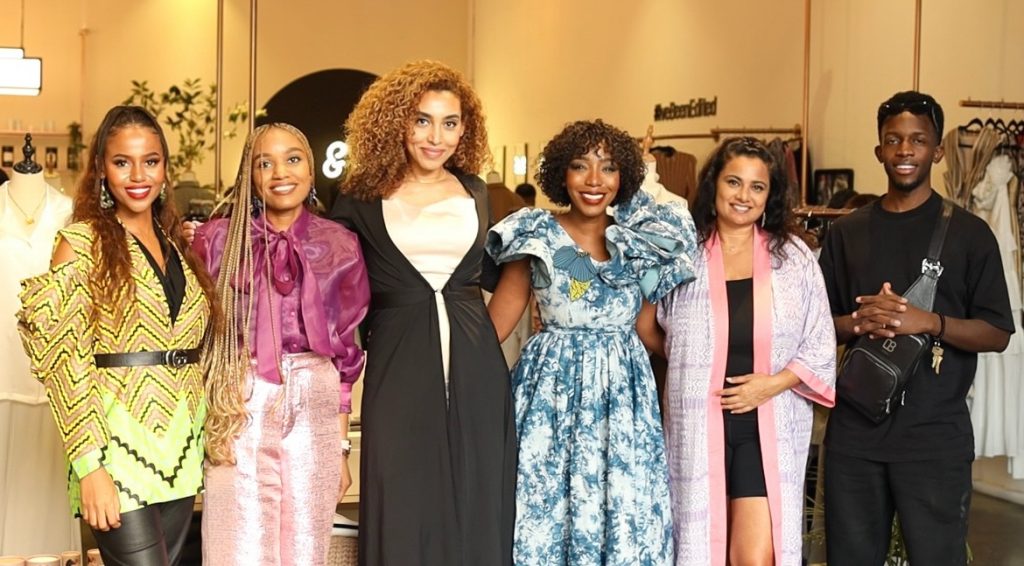
Featuring visionaries like Chace Chimhanda, CEO of Monbeau Afrique; Damilola Salu, behind OSalucouture; Kanessa Muluneh, a serial entrepreneur in fashion and tech; Habiba Abdulrahman, a sustainable fashion advocate; and Punam Verma, an international journalist, the event was a compelling showcase of the diverse and vibrant potential of the creative industries in Africa and the Middle East.
Through “Industry Real Talk 2.0,” AFWME provided an invaluable platform for thought leaders to share their insights, challenge preconceptions, and chart a visionary path forward for creativity in the region.

